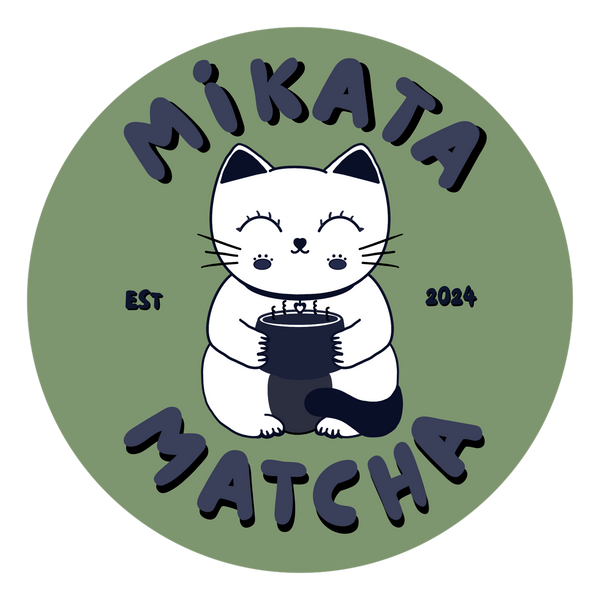What Is Matcha Powder?
Share
You've probably seen those bright green lattes all over Instagram, or noticed cafés advertising "ceremonial matcha" on their menus. Maybe you've wondered what the big deal is - isn't it just fancy green tea? Well, sort of, but there's actually a lot more to it than that.
At its most basic level, matcha is ground up green tea leaves. But saying matcha is just ground tea is like saying champagne is just bubbly wine - technically true, but missing the whole story.
How Matcha Is Actually Made
The process starts about a month before harvest, when tea farmers cover their plants with shade cloths. This might seem counterintuitive - don't plants need sunlight? - but the shading is what makes matcha special. When the plants are forced to work harder to photosynthesize, they produce more chlorophyll (which gives matcha that incredible green color) and more L-theanine, an amino acid that creates this amazing calm-but-focused feeling when you drink it.
After about 20 days of this shading process, only the youngest, most tender leaves are hand-picked. Then comes the really meticulous part - the stems and veins are completely removed, leaving just the softest leaf tissue. This gets steamed, dried, and then ground in traditional stone mills into that ultra-fine powder you recognize.
The whole process can take hours to produce just a small amount of matcha, which is why good matcha isn't cheap. But it's also why the texture is so smooth and the flavor is so different from regular green tea.
Why It's Nothing Like Regular Tea
When you make regular green tea, you steep the leaves and throw them away, so you're only getting a fraction of the nutrients. With matcha, you're literally consuming the entire leaf, which means you get way more caffeine, antioxidants, and all those other compounds that make tea healthy.
But here's the thing that really matters - the caffeine in matcha works completely differently than coffee or regular tea. That L-theanine we mentioned earlier basically tells your nervous system to stay calm while the caffeine keeps you alert. So you get energy without the jitters, focus without the crash.
What Good Matcha Should Actually Taste Like
If you've tried matcha before and found it bitter or chalky, you probably haven't had the real thing. Quality ceremonial-grade matcha should taste naturally sweet and almost creamy, with this subtle grassy flavor that's nothing like the harsh bitterness of low-grade stuff.
The color should be this vibrant, almost electric green - if it looks dull or yellowish, that's a sign it's either old or made from lower-quality leaves. And the texture should be incredibly fine and smooth, not gritty or dusty.
Unfortunately, a lot of what gets sold as "matcha" in stores is actually culinary grade, which is fine for baking but pretty rough to drink straight. Real ceremonial matcha - the kind that's meant for drinking - comes from specific regions in Japan like Uji, where they've been perfecting this process for centuries.
How People Actually Use It
The traditional way is to whisk it with hot water using a bamboo whisk, which creates this amazing frothy tea that's been part of Japanese culture for hundreds of years. But these days, people use matcha in all sorts of ways - lattes with oat or almond milk, smoothies, even in baking and desserts.
The key is knowing which grade to use for what. Ceremonial grade is perfect for drinking straight or making lattes, while culinary grade works better when it's mixed with other strong flavors.
Why It's Worth Trying
Matcha isn't just another trendy superfood - it's been used in Japanese tea ceremonies, Zen meditation, and martial arts for centuries because of how it affects your mind and body. That combination of calm energy and focused attention is pretty unique, and once you experience it, regular coffee can start to feel pretty harsh in comparison.
If you're curious about trying real matcha, start with ceremonial grade from a reputable source. Yes, it costs more than the stuff in the grocery store, but the difference in taste and effect is honestly night and day.
Ready to see what all the fuss is about? Try some quality ceremonial matcha like Mikata Matcha and discover what this ancient drink is supposed to taste like.
